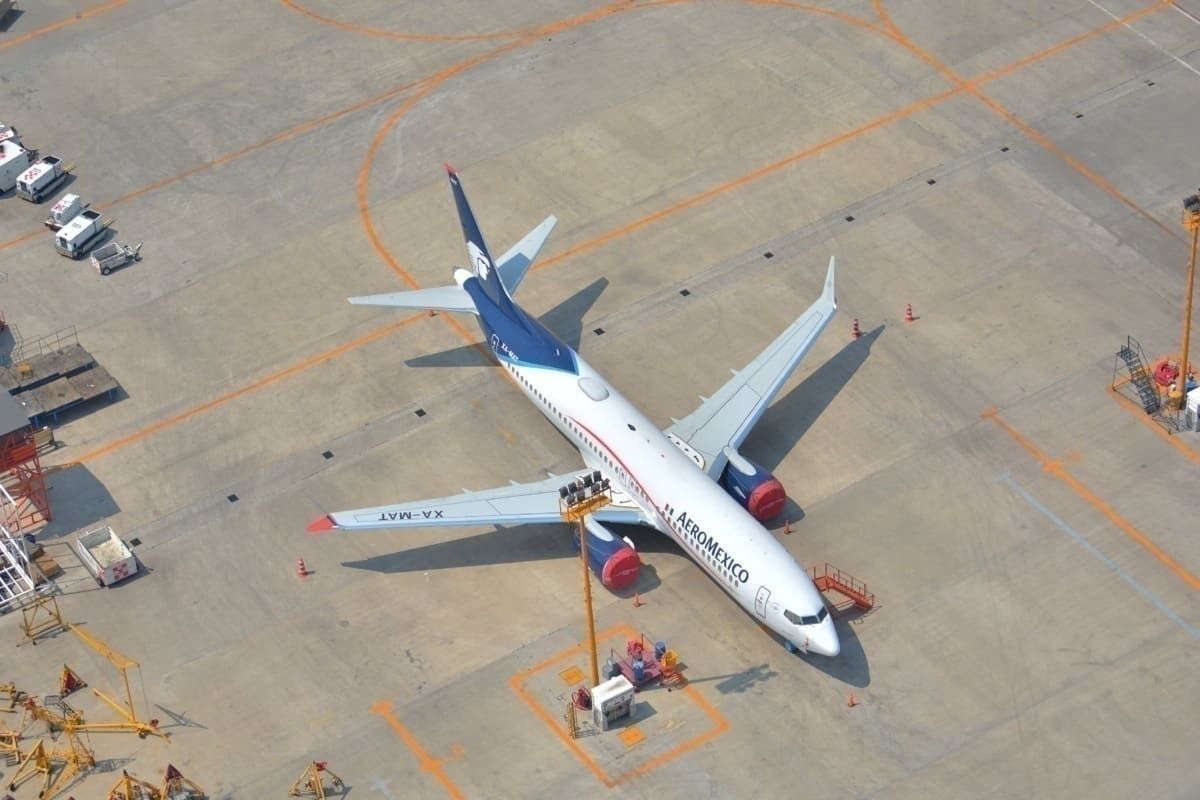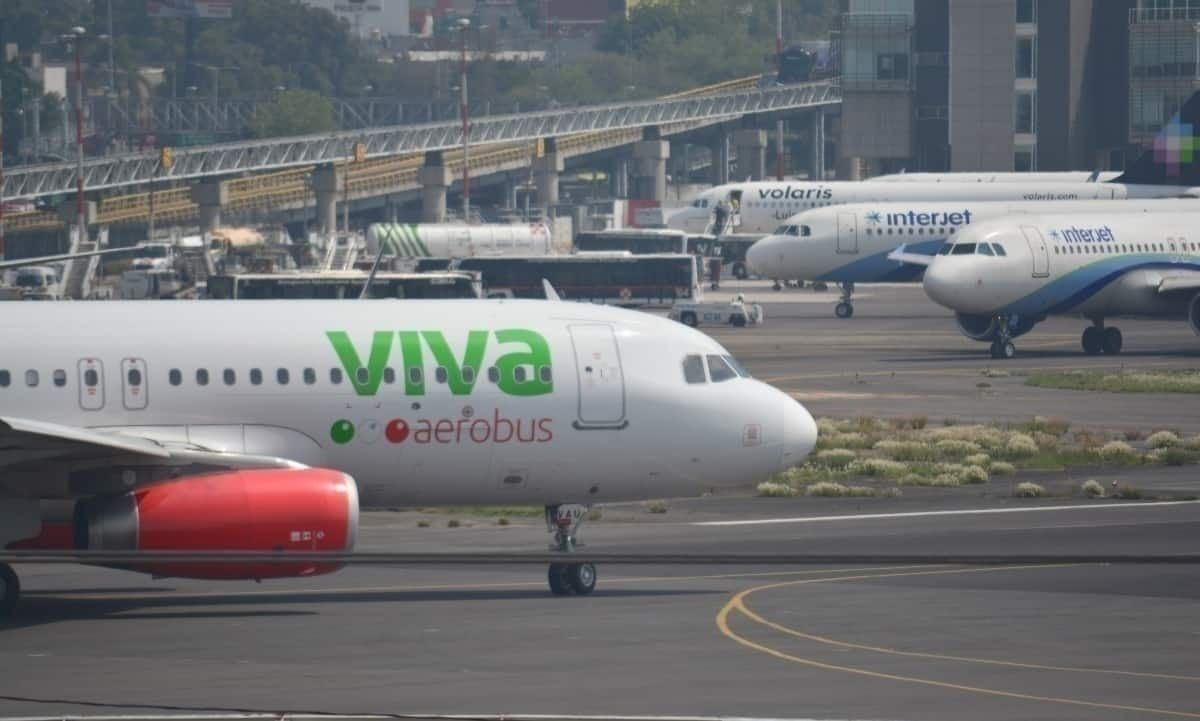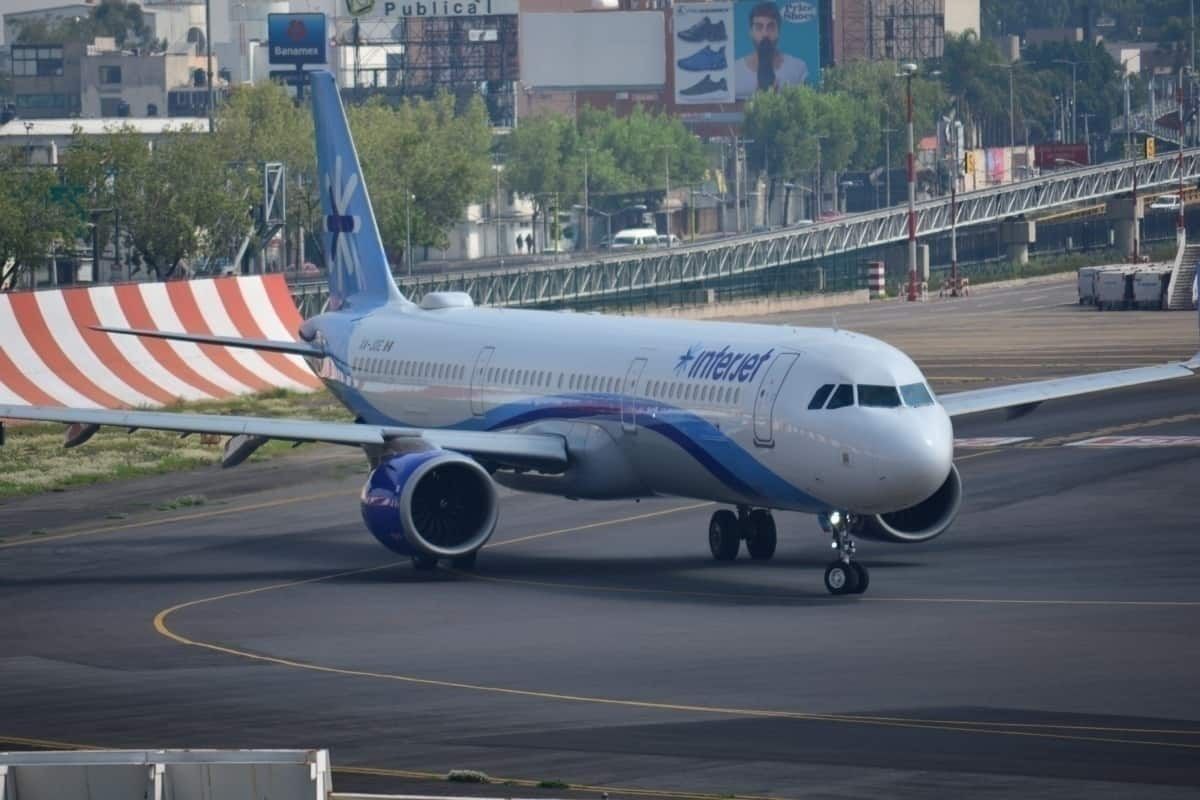The Mexican airlines are poised to lose up to $6.4 billion due to the current coronavirus pandemic. Mexican airlines also face a few other issues: A lack of Government support and longstanding debts with several organizations. So what is going to happen to these carriers? Let’s investigate further.
A 45% decrease in revenues
If Mexican airlines lose $6.4 billion, it would be the same as a decrease of 45% of the revenue obtained in 2019. The air industry in Mexico contributes about 3.05% of the national GDP, said the International Air Transport Association (IATA).
In April, the Mexican air industry saw its worst performance ever. For instance, Aeromexico operated less than 10% of its original schedule. Interjet had an even worse month, running at times only two or three flights per day. Viva Aerobus had an 85.9% decrease in its traffic numbers, and Volaris had similar statistics. In the next few days, the carriers will post their monthly numbers for May, and they won’t be pretty.
Approximately 85% of the national fleet is grounded, while two of the four leading airlines are returning airplanes to leasing companies. Interjet now has returned 60 out of 66 Airbus aircraft, and Aeromexico has returned four Boeing 737-800s and two Boeing 737-700s to leasing companies. There are even reports that Aeromexico might return an extra five Boeing 737.
Currently, the Mexican air industry is expecting that it will recover its pre-crisis levels by 2024.
No help from the Government
It is no secret that Latin America is the region with the least amount of Government aid for the air industry. The countries have provided less than $0.3 billion in funding, according to IATA. In Mexico, this has been particularly bad as the airlines have not received a single peso or aid from the current Government. The only help given was the Government freezing the country's slot rules.
Instead, the airlines and the companies that run the country’s airports have struck deals on their own. Additionally, both parties are working together to implement safety measures across airports and airlines in Mexico.
Still, the airlines are having headaches about other issues: Their large debts.
Debt, debt everywhere
Aeropuertos y Servicios Auxiliares, or ASA, is a Government-run organization that provides fuel for airlines in Mexico. Last week, ASA published the financial results of the first quarter in 2020.
In this document, ASA said that there were some “unpayable debts” by a few airlines in Mexico. Some of these airlines are no longer flying, like Mexicana and Aero California. Still, four named carriers currently operate in Mexico: Interjet, Aeromexico, Viva Aerobus, and Magnicharters.
According to ASA, Interjet owes $38.5 million in fuel. Let’s take into account that Mexicana de Aviación owed $61 million in fuel when it declared bankruptcy. Additionally, Interjet has an extra number of arrays with other organizations and companies across the world, from IATA to Sukhoi.
Meanwhile, Aeromexico had an “unpayable debt” of almost $6.5 million. But there are media reports that the Mexican Government is claiming payment of $230 million in taxes.
Finally, Viva Aerobus had a debt of $500,000 and Magnicharters of $1.17 million.
It has not been an easy year for any airline in the world. In Mexico, things are getting difficult as the coronavirus pandemic lingers. Currently, the country has over 105,000 coronavirus cases, and over 12,500 deaths, with the epidemic curve still growing.
What will happen with Mexican airlines? Let us know in the comments.



